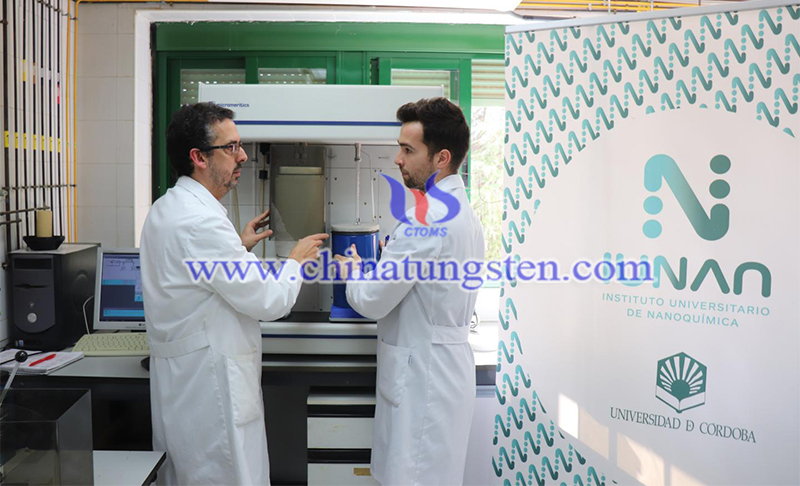Universities Recycle Lithium Batteries from Used Cellphones
- Details
- Category: Tungsten's News
- Published on Wednesday, 22 April 2020 18:39
Lithium batteries are used around the world, and though over the last few years they have had some competition, such as sodium and magnesium, they continue to be indispensable due to their high density and capacity. The University of Cordoba, Spain, and the University of San Luis, Argentina, have collaborated on a research project that can make use of graphite in used cellphones and devices with low recycling rates to manufacture new lithium batteries.
The reserves of lithium metal are insufficient and the reserves are relatively concentrated. Almost 85% of the lithium reserve is located in what is known as the Lithium Triangle, a geographical area found on the borders of Argentina, Bolivia, and Chile. Moreover, as the adoption rate of electric vehicles continues to increase, the demand for lithium seems to rocket over the next few decades. Each car equals about 7000 cell phone batteries, so reusing different components of used cellphone batteries have become an issue of utmost importance.

A research project between the University of Cordoba in Spain and San Luis University in Argentina was able to manufacture new lithium batteries from used cellphones, devices with a low recycling rate, for which, if they not handled properly, will add to the long list of electronic waste produced every year worldwide eventually.
The project found a way to recycle graphite in such devices. This material is located at the negative electrode of the battery. Its main function is to store and conduct lithium. Professor Álvaro Caballero, one of the heads of the study, said that the researchers were able to eliminate the impurities of used graphite, reorganize its structure and reactivate it for new use. Interestingly, this material makes up a quarter of the total weight of a lithium battery, so when it is recycled, they are recovering 25% of the whole energy storage system, a fact that is all the more relevant considering that this material comes from crude oil.
Another important aspect of this research is that the positive electrode of this new type of recycled battery can forego cobalt because cobalt is widely used in the mobile device industry. Researcher Fernando Luna, one of the lead authors of the study, said: "Cobalt is a toxic element that is more expensive than others like manganese and nickel, which were used in this research. What is more, it is one of the so-called blood minerals, whose mining, like coltan mining, is associated with mines in conflict zones."
According to the conclusion of this research, under certain circumstances, the recovered graphite is better than commercial graphite. Some tests carried out show that, in the best case, battery capacity is kept stable after getting through a hundred charge cycles (equates to about a year of performance).
Despite these promising results and that the tests were done on complete cells of a real battery, the study was small and conducted in the laboratory. Therefore, there is still a long way to go before this manual recycling process becomes standard.
Researcher Álvaro Caballero said: "Currently, more than 90% of lead battery components used in conventional vehicles are reused. So, if we opt for sustainability and the democratization of electric cars, large-scale recycling of lithium batteries from used cellphones has to come about."
- Tungsten Manufacturer & Supplier, Chinatungsten Online: www.chinatungsten.com
- Tungsten News & Prices of China Tungsten Industry Association: www.ctia.com.cn
- Molybdenum News & Price: news.molybdenum.com.cn
- Tel.: 86 592 5129696; Fax: 86 592 5129797; Email: sales@chinatungsten.com



 sales@chinatungsten.com
sales@chinatungsten.com